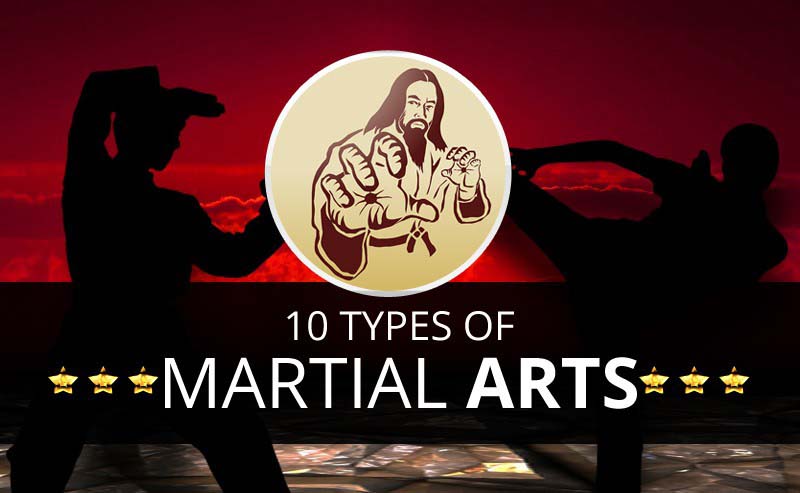The Chronicle And Development Of Martial Arts: An Assessment Of Its Historic Beginnings And Advancement Right Into Modern Techniques
The Chronicle And Development Of Martial Arts: An Assessment Of Its Historic Beginnings And Advancement Right Into Modern Techniques
Blog Article
https://www.detroitnews.com/story/news/politics/2021/12/14/senate-confirms-dawn-ison-u-s-attorney-detroit/8900848002/ -Bonner Ross
Step into the globe of martial arts, where old beginnings and contemporary strategies collide in an exciting trip of technique and self-discovery.
As you look into the background and advancement of this fascinating art type, prepare to be captivated by the cultural influences, technical innovations, and profound viewpoint that have formed it over centuries.
From the combat zones of ancient civilizations to the training premises these days, martial arts have stood the test of time, constantly adjusting and growing.
Each strike, each motion, brings with it the weight of many years of tradition and knowledge, gave through generations. This is a story of resilience, of warriors that looked for not only physical expertise, yet additionally self-confidence and harmony.
Join us on this amazing exploration as we discover the tricks, the tales, and the transformational power of martial arts.
Get ready to be motivated, tested, and forever changed by the history and advancement of martial arts.
Cultural Impacts on Martial Arts
As you check out the background and development of martial arts, you'll promptly find the remarkable ways in which social influences have formed these battle techniques.
From the ancient human beings of China and India to the much more current advancements in Japan and Brazil, martial arts have been heavily affected by the cultures in which they came from.
For https://bestcriminaldefenselawyer65421.blogsuperapp.com/30757314/standards-for-picking-the-suitable-criminal-law-practice-for-your-case , Chinese martial arts, such as Martial Art and Tai Chi, are deeply rooted in the ideology of Taoism and the concept of Yin and Yang.
In contrast, Japanese martial arts, like Karate and Judo, show the samurai warrior traditions and the values of self-control and honor.
In a similar way, Brazilian fighting style, Capoeira, combines elements of African dancing and music, mirroring the social heritage of African servants in Brazil.
These social influences not only offer each fighting style its special attributes yet also supply a much deeper understanding of the historical and social contexts in which they advanced.
Technical Innovations and Martial Arts
With the rise of innovative weapons and ingenious training tools, you have actually been able to enhance your skills and adjust to the ever-changing combat landscape.
Technical innovations have actually transformed the means martial arts are practiced and instructed. Virtual reality simulations now allow you to train in realistic combat situations without the danger of physical injury. High-speed cameras catch every step, enabling you to assess and ideal your methods. Wearable tools check your heart rate, breathing, and muscular tissue activation, supplying instantaneous responses on your performance.
In addition, the development of specialized devices, such as resistance bands and agility ladders, has allowed you to enhance your rate, toughness, and dexterity. https://criminalexpungementlawyer54321.blogunok.com/30490521/discovering-the-structures-of-an-effective-protection-discover-why-having-an-experienced-criminal-defense-attorney-at-hand-is-crucial-for-increasing-your-opportunities-of-success have not only made training a lot more efficient yet have also pressed the borders of what is possible in martial arts, allowing you to get to new elevations in your practice.
The Philosophy and Principles of Martial Arts
The approach and concepts of martial arts are deeply rooted in shaping your attitude and instilling discipline, emphasis, and regard in your technique.
1. Frame of mind: Martial Arts teaches you to establish a strong and resilient mindset. It allows you to get over obstacles both on and off the mat, pushing your limitations and persisting despite misfortune.
2. Technique: Martial Arts needs self-control and self-discipline. With regular training and adherence to strict guidelines and techniques, you discover to regulate your impulses and develop a solid work principles.
3. Emphasis: Martial Arts requires intense emphasis and focus. By educating your mind to be existing in the moment, you boost your capacity to respond promptly and effectively during fight situations.
4. Respect: Martial Arts stresses respect for oneself, trainers, educating partners, and opponents. It shows you to value the skills and experiences of others, promoting a sense of camaraderie and gamesmanship.
Conclusion
Congratulations on finishing your journey with the exciting globe of martial arts! Throughout this exploration, you have actually witnessed the rich background and remarkable evolution of these combat techniques.
From their old origins to the modern-day strategies we see today, martial arts have been shaped by cultural impacts.
The combination of innovation has likewise played a significant function in revolutionizing the way martial arts are instructed and practiced in the present day.
Nonetheless, https://how-much-does-a-criminal99876.bligblogging.com/30802682/introducing-the-essential-elements-of-a-successful-protection-discover-exactly-how-employing-the-expertise-of-a-knowledgeable-criminal-defense-attorney-significantly-improves-your-prospects-of-accomplishing-a-positive-end-result is essential to remember that martial arts are more than just physical combat. They incorporate profound approaches and leading principles that go beyond the mere act of battling.
Take a minute to assess this anachronistic adventure and value just how the tradition of martial arts continues to grow in the present, going beyond time and borders.
